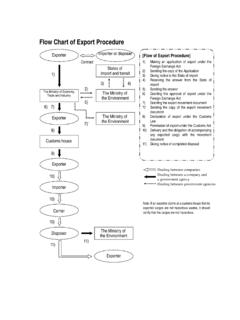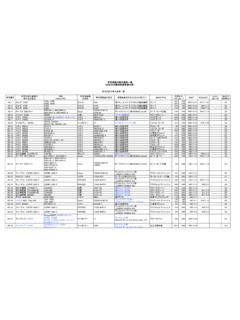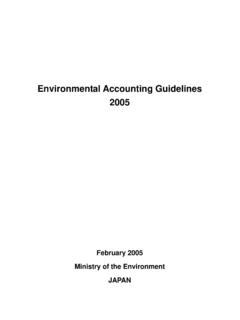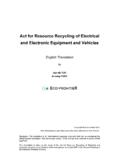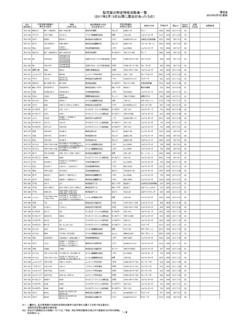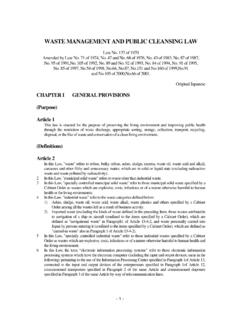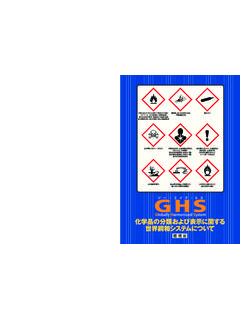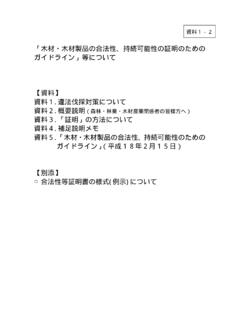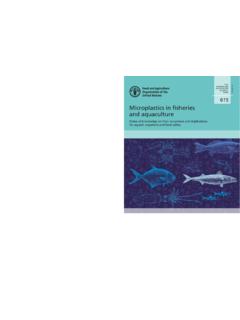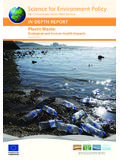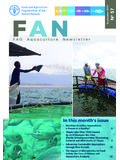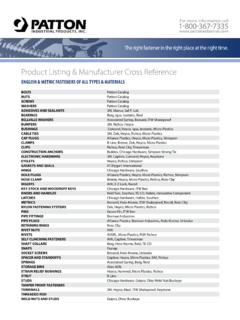Transcription of Plastics in the ocean: micro- and macro- plastics as …
1 Plastics in the ocean: micro - and macro - Plastics as a threat to ocean life in CanadaPeter S. Ross,Kate Le Souef, Wendy Szanizlo& Esther GiesOcean Pollution Research ProgramCoastal Ocean Research Institute1 Plastic is everywhere(Kate Le Souef, Great Canadian Shoreline Cleanup)2 Plastics and debris along the British Columbia coast come from a variety of local and international sourcesNOAALOS3 The Vancouver Aquarium s Great Canadian Shoreline Cleanup: A chance to clean up, teach and learnCleanup sites: 1,950 Distance cleaned: 3,035 kmGarbage bags filled: 10,891 Weight of garbage: 99,280kgVolunteers: 58,5004 Top 10 shoreline cleanup items in Canada: A story of abundance, physical properties and environment processesRank in 2013 ItemNumber collected1 Cigarette filters (cellulose acetate)310,9942 Food containers81,9713 Bottle caps (plastic)32,8924 Bottles (plastic)32,4055 Cans25,8676 Straws and stir-sticks23,5287 Other plastic bags22,0128 Bottle caps (metal)21,8719 Plastic or foam packaging19,63410 Grocery bags (plastic)18,1895 Tohoku earthquake and tsunami (March 11, 2011): some buoyant debris traversed the Pacific Ocean.
2 Recent Japan-Canada cleanup operation through the Vancouver Aquarium6 macro -plastic pollution represents a highly visible threat to sea life 558 entanglements recorded in Pacific Rim National Park Reserve on the West Coast of Vancouver Island between 2005 and 2012. This represents approximately 300 different entangled animals. an estimated 1,200 sea lions are entangled across coastal British lions in British Columbia are being entangled by different types of macro -plastic debris and fishing gear 30% plastic packing bands; 3% rubber bands (from crab traps); 15% fishing lures (primarily flashers); 51% were so severe that the material could not be efforts can help in isolated cases, but this is dangerous, difficult and costly9 Plastic does not only threaten charismatic marine mammals and birdsPlastic from the stomach of a steelhead salmon;This fish was captured by a fisherman on the Vedder River as it returned to its natal stream from the ocean.
3 Large pieces, visible & harmful: the stomach was ulcerated by sharp can be found on some consumer plastic products, but not on most Plastics found in the this is particularly true for microplastics , which remain largely non-descript and ill-definedMicroplastic particles are < 5mm (variable minimum sizes, depending on the reporting lab);Two basic categories: Primarymicroplastics are deliberately manufactured; Secondarymicroplastics are break-down products of larger microplastics are derived from land-based or coastal sources: Household and industrial waste + wastewater; Fishing, aquaculture, in seawater and zooplankton in the NE PacificSub-surface seawater in the NE Pacific from salt water intake;Zooplankton samples collected from vertical tows during different cruises.
4 Both sets of samples were stored for later clean-up and and zooplankton sample clean-up and microplastics enumerationSeawater:-acid digestion-Vacuum filter-Visual exam-Count-Shape, size and colourZooplankton:-Storage in formalin-Placed in plate wells-Acid digestion-Visual exam-Count-Shape, size and colour14 Seawater: up to 9,000 particles (fibers and chunks ) per cubic meter of seawater: only secondary microplastics found(Desforges et al 2014)15T16 Zooplankton: Highest microplastic levels found near the coast of North AmericaNeocalanuscristataEuphausiapacifi ca(Desforges et al in prep 2015)17 microplastics in zooplankton consisted of both fibers and particlesNeocalanusEuphausiaP-valuePlast ic particle every X individuals38 +/- +/- *Plastic size556 149 m816 108 *% fiber44% 1268% ns(Desforges et al 2015)18 Zooplankton mistake plastic for food - Size of particles differed between Neocalanus Euphausia sp.
5 , consistent with their feeding strategies19A troubling conservation threat for sea creatures of all shapes and sizesWhere are the straps and nets coming from that are entangling marine mammals?Where are the microplasticscoming from that are found in coastal seawater?Do microplastics represent a similar threat to small creatures (zooplankton or baby fish) that larger Plastics present to marine mammals and seabirds?20A small step: Microbeads in personal care products are being banned in Canada Unanimous vote in the Canadian Parliament on March 24, 2015;Formal Government announcement on August 1, 2015, adding microbeads to the list of Toxic Substances under the Canadian Environmental Protection Act (CEPA);Public consultations closed in October 2015;Final government deliberations underway; formal announcement expected spring 2016;In parallel, a plan is being now developed for associated Management options on how to implement the ban and eliminate microbead does not address nurdles or secondary microplastics !
6 21 Research, engagement and action goals: Healthy oceans22 Acknowledgements Crew of CCGS John P. TullyScientific staff on ship, especially Doug Yelland and Marie RobertMoira Galbraith, Brian Gisborne, Strawberry Isle Marine Research Society, and Pacific Rim National Park Reserve. National Marine Mammal Laboratory (US NMFS) for survey data. Canadian Wildlife Federation for funding. Clayoquot Biosphere Trust for data exploration images from I. Groc, W. Szanizlo, Desforges, Living Oceans Society, NOAA, Google

